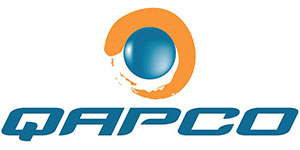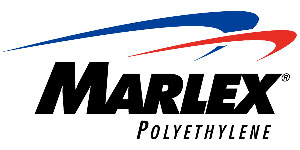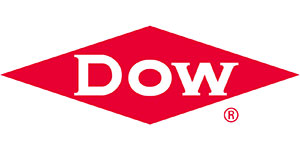Home » Polyethylene Resin
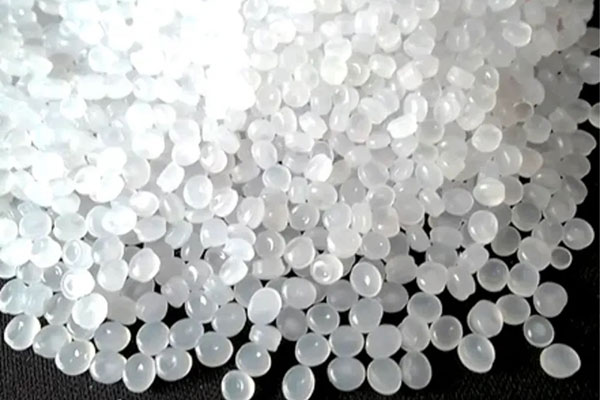
What Is Polyethylene Resin
- LDPE, MDPE, HDPE, LLDPE
Polyethylene resin, referred to as PE resin, is a thermoplastic resin obtained by polymerization of ethylene. In industry, it also includes copolymers of ethylene and a small amount of α-olefins. Polyethylene is odorless, non-toxic waxy while granules, with excellent low temperature resistance, good chemical stability. It can withstand most acid and alkali erosion, low water absorption, and excellent electrical insulation. Polyethylene resin has a wide range of uses, mainly used to manufacture films, packaging materials, containers, pipes, monofilaments, wires and cables, daily necessities, etc. PE resin can also be sued as high-frequency insulation materials for TVs and radars.
Brands We can Supply
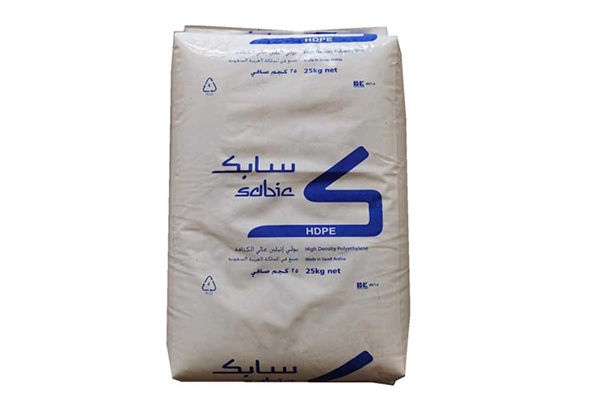
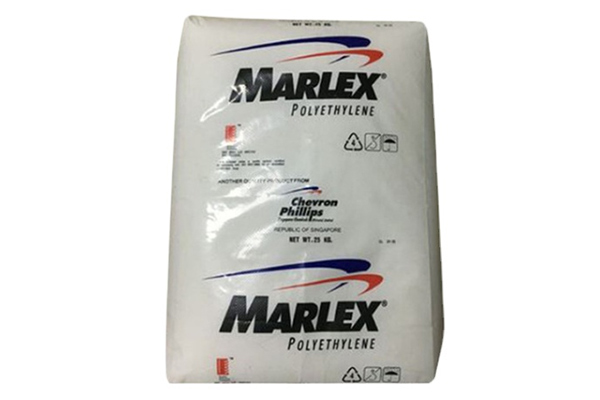
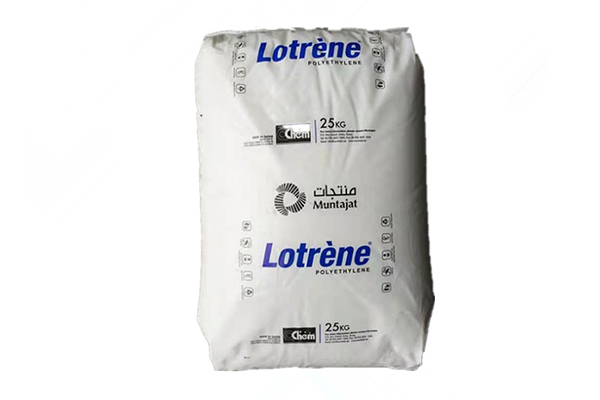
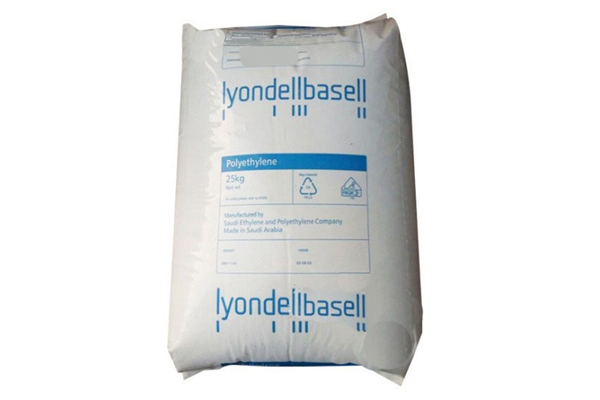
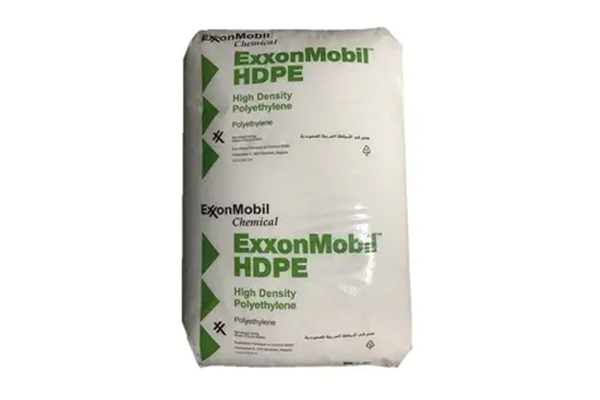
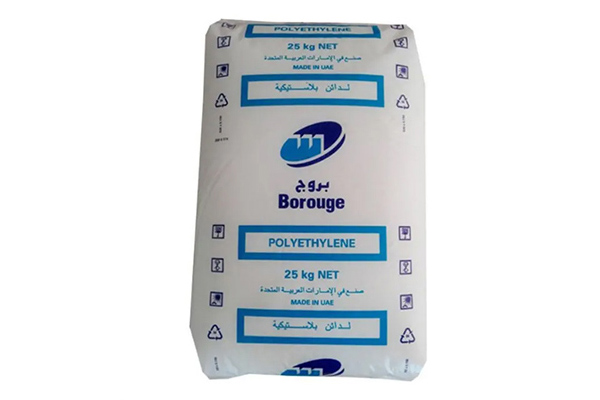
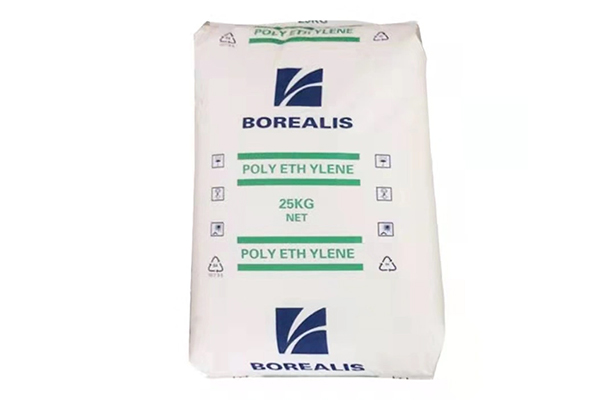
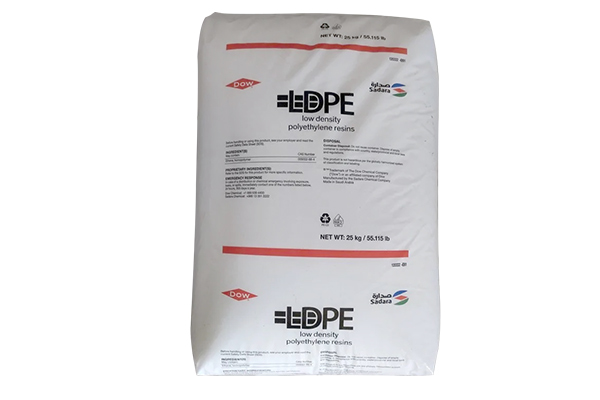
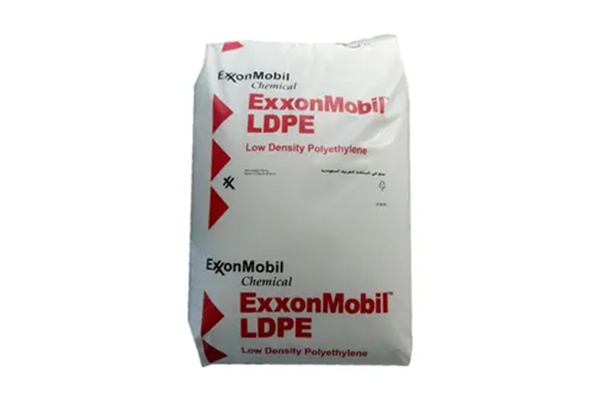
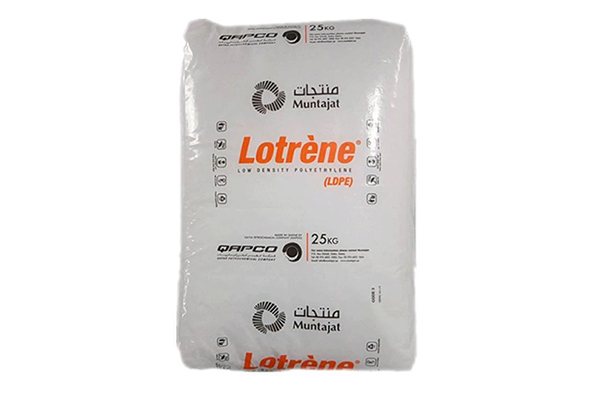
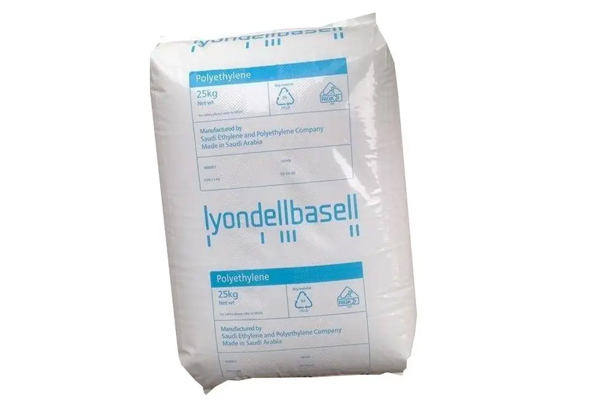
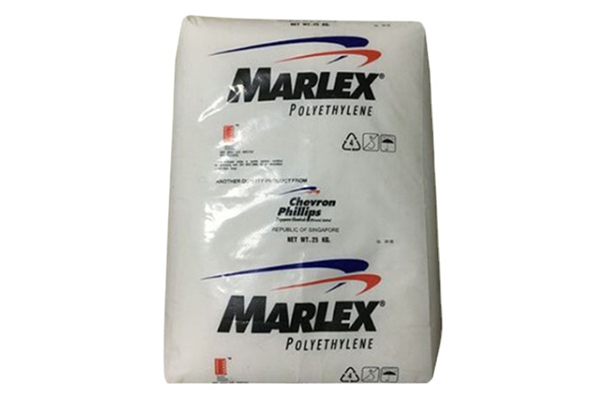
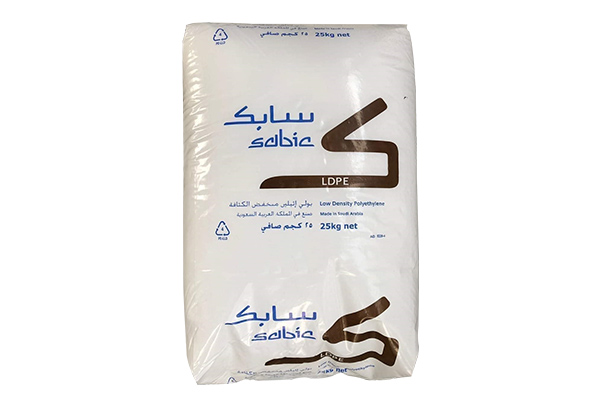
Would Like The Quotation
Leave more about your requirements, such as, brands, models, quantity, package, country, etc.
What Are Types of Polyethylene PE Resin
Polyethylene resin can be divided into high-density polyethylene HDPE resin, medium-density polyethylene MDPE resin, low-density polyethylene LDPE resin and linear low density polyethylene LLDPE resin according to the polymerization method, chain structure and molecular weight.
-
Low Density Polyethylene LDPE Resin
-
Medium Density Polyethylene MDPE Resin
-
High Density Polyethylene HDPE Resin
-
Linear Low Density Polyethylene LLDPE Resin
LDPE is a typical crystalline polymer with a crystallinity of 55%-65% and a melting point of 105~126°C.
LDPE is a non-polar material, which is easy to be charged with static electricity and has low surface energy. Therefore, corona treatment should be carried out before printing and compounding to improve the surface energy. During processing, anti-static should be paid attention to to avoid static electricity accumulation affecting product quality or electric spark discharge , causing a fire.
LDPE resin has excellent transparency and excellent heat sealing performance, and can be widely used in the production of transparent low temperature frozen packaging products.
LDPE has excellent moisture resistance and is a high-quality raw material for making dry food or packaging for items that require good moisture resistance. However, LDPE has a large gas barrier and is easy to pass through various gases.
Although LDPE has certain oil resistance, its oil resistance and organic solvent resistance are not as good as polypropylene. Therefore, when the thickness is small, it is not suitable for long-term storage of gasoline, alcohol, grease, etc. When using LDPE, the thickness should preferably exceed 50mm.
Medium-density polyethylene is a kind of polyethylene with a density of 0.926-0.94g/cm3 and the same performance as LDPE. Due to the increase in density, the crystallinity of MDPE is as high as 70% to 80%. The increase in density and crystallinity increases the melting temperature of MDPE and the hardness and strength of the product. MDPE is between LDPE and HDPE.
The melting point of HDPE high-density polyethylene is 126-136 ° C, and the crystallinity exceeds 90%. Its rigidity, toughness, mechanical strength, solvent resistance and stress crack resistance are better than LDPE. Due to the high strength of HDPE, it is one of the important uses of blown film grade HDPE to be used in garbage bags. HDPE is characterized by high strength and poor transparency.
In addition to some characteristics of LDPE, LLDPE also has the following characteristics.
LLDPE has excellent heat sealability. Although the melting temperature of LLDPE is about 5°C higher than that of LDPE, the heat sealability of LLDPE has good ion-like properties. Therefore, if LLDPE is used as the heat-sealing material, only a lower heat-sealing temperature can be used to achieve highly reliable heat-sealing strength, which is suitable for high-speed heat-sealing machines.
The melt viscosity of LLDPE is quite large, 10 times that of LDPE, and the melt viscosity of LLDPE is not sensitive to temperature, but very sensitive to processing stress. This means that LLDPE cannot reduce the viscosity by increasing the temperature, but can only increase the melt fluidity by increasing the processing speed.
Would Like The Quotation
Leave more about your requirements, such as, brands, models, quantity, package, country, etc.
What Are Application Fields of Polyethylene Resin
Polyethylene film. PE film is more breathable. And as the density increases, its air permeability decreases. PE film has moisture resistance and low moisture permeability. In particular, more than half of the total output of low-density polyethylene is blown into film. This kind of film has good transparency and certain tensile strength. Widely used as packaging materials for various food, medicine, chemical fertilizers, industrial products and agricultural films. PE resin can also be processed into a composite film by extrusion for packaging heavy objects.
Polyethylene hollow products. Polyethylene PE can be made into bottles, barrels, cans, tanks and other containers by blow molding, or can be made into large containers such as tanker tanks and storage tanks by casting. The selection of raw materials for polyethylene hollow products should pay attention to the influence of different densities and different melt flow rate resins on the properties of hollow products.
Polyethylene pipe sheet. High-density polyethylene pipes have high strength and are suitable for underground laying. The extruded sheet can be used for secondary processing, and high density PE can be made into low-foam plastics by foam extrusion and foam injection methods, which can be used as pallets and building materials.
Polyethylene fibers. Generally, low pressure PE is used as raw material and spun into synthetic fibers. It can also be used in industrial acid and alkali resistant fabrics, composite materials for automotive and offshore operations.
Polyethylene resin also has important applications in the electronics industry and is the main material for the manufacture of household appliances such as refrigerators and microwave ovens. Excellent thermal conductivity can effectively reduce the temperature of electronic products and improve the service life of electronic products.
The wear resistance and corrosion resistance of polyethylene resin make it widely used in the automotive industry. It can be used to manufacture body parts, wheels, frame and other parts. It has good structural strength and wear resistance, and can effectively reduce the wear and tear of vehicles.
In addition, polyethylene resin can also be used to manufacture special industry supplies such as printing machines, processing tools, and production tools. It has good corrosion resistance, wear resistance, and anti-skid properties, and can meet various needs of special industries.
Would Like The Quotation
Leave more about your requirements, such as, brands, models, quantity, package, country, etc.
Know More About Polyethylene
Several Forming Processes of Polyethylene
Injection molding. At a certain temperature, the plastic is completely melted by stirring with the screw. Then inject it into the mold cavity by high pressure, and after cooling and solidification to obtain molded product.
Mould pressing. Put the powdery, granular or fibrous PE material into the mold cavity at the molding temperature, and then close the mold and pressurize it to form and solidify.
Blow molding. With the help of gas pressure, the hot-melt parison closed in the mold is inflated to form hollow products.
Extrusion molding. Through the action between the extruder barrel and the screw, the material is heated and plasticized, pushed forward by the screw, and continuously passed through the machine head to make various cross-section products or semi-finished products.
Polymerization of Polyethylene PE Resin
According to the polymerization pressure, the production methods of polyethylene can be divided into high pressure method, medium pressure method and low pressure method.
The high pressure method is used to produce low density polyethylene. In terms of its mplementation methods, the low pressure method includes slurry method, solution method and gas phase method. The slurry method can produce high-density polyethylene, while the solution method and gas-phase method can not only produce high-density polyethylene, but also produce medium and low-density polyethylene by adding comonomers, also known as linear low density polyethylene.
Catalysts Used in Polyethylene PE Resin Production
The polyethylene catalysts currently researched and developed mainly include chromium-based catalysts, Ziegler-Natta catalysts, metallocene catalysts, non-metallocene catalysts, bifunctional catalysts, and bimodal or broad-peak molecular weight distribution polyolefin composite catalysts.
What is the Shelf Life of Polyethylene PE Resin?
Polyethylene resin should have a storage period, generally no more than 12 months from the dat of production.
The PE resin beyond the shelf life has reached the lower limit in terms of various values. But even so, as long as its various values are still within the standard range of the storage period, it can continue to be used. In order to prolong its shelf life, please store the resin away from heat sources. This can reduce the rate of free radical curing initiation and reduce the consumption of inhibitors.
Can Polyethylene PE Resin be Recycled?
As we all know, polyethylene is one of the four general-purpose thermoplastic materials. Polymer resin materials are widely used in daily life, various industries and high-tech fields because of their light weight, easy processing, beautiful and practical characteristics.
However, with the continuous expansion of the consumer market and the continuous diversification of consumer varieties, the amount of polyethylene waste is also increasing. The recycling of waste plastics has important social and economic significance for saving energy, reducing waste volume, reducing the harm of waste plastics to the environment.
At present, many At present, many effective methods for recycling and degrading or recycling polyethylene products have been developed.
Is Polyethylene PE Resin Food Safe?
Polyethylene resin is non-toxic and has good transparency. It is an ideal packaging material because it is relatively stable polymers resistant to acids, alkalis, solvents, as well as high and low temperature. But in the production process, it needs to use special technology to improve the quality to meet the food-grade safety requirements.
Advantages of Polyethylene PE Resin
Polyethylene is the fastest-growing polyolefin resin.
Polyethylene granular has reduced solubility, high mechanical strength and hardness, and minimal water absorption.
PE material has outstanding electrical insulation properties and good radiation resistance.
It has excellent low temperature resistance and can withstand most acid and alkali corrosion.
Disadvantages of Polyethylene PE Resin
PE resin is very sensitive to environmental stress, poor heat aging resistance.
The mechanical strength is not high and the thermal deformation temperature is very low.
Relationship Between the Strength of PE and Its Molecular Structure
High density polyethylene has strong macromolecular structure, high crystallinity and high strength. Generally, the tensile strength and other properties of high-density polyethylene are significantly higher than those of low-density polyethylene. Among them, the tensile strength can reach more than 2 times that of low-density polyethylene. However, the impact strength of high-density polyethylene is lower than that of low-density polyethylene.
Chemical Resistance of PE Chemical
Polyethylene PE is resistant to most dilute acids, and is usually not corroded by various salts and their solutions. But it will be damaged by oxidizing concentrated acid, and it will also be corroded by oxidizing substances at high temperatures.
PE is usually not corroded by alcohols, aldehydes, ketones and esters. However, at room temperature, it will cause a certain degree of swelling due to the action of aromatic hydrocarbons, aliphatic aromatic hydrocarbons, and halogenated hydrocarbons. The dissolution of LDPE above 60°C and HDPE above 80°C also increases. PE is less affected by halogen at room temperature, but the effect will be accelerated at high temperature.
PE also absorbs oil, such as mineral oil and essential oil, which will escape through PE material.
PE products may produce stress cracking under the action of stress cracking agents such as aliphatic and aromatic hydrocarbons, aldehydes, ketones, alcohols, concentrated sulfuric acid, detergents, soaps, oils and fats, and alkali metal hydroxides.
Why the Barrier Property of PE plastic is So Important
In most applications plastic containers for hollow goods, barrier properties are often very important. Among the barrier properties to various substances, the permeability to oxygen, carbon dioxide, nitrogen, organic solvents, and the permeability to water and water vapor are particularly important in practical applications. They can directly affect the protective effect of plastic containers on the packaged items.
How to Improve the Weather Resistance of Polyethylene
For outdoor applications or PE hollow containers that are exposed to direct sunlight, weather-resistant formulas should be used. That is, an appropriate amount of UV absorbers, sunscreens and other additives should be added to the PE main material to prevent the harm of ultraviolet light.
- Email: sales@chemategroup.com
- Tel: 0086-371-60921621
- Whatsapp: +86 18624832876
- Wechat: +86 18624832876
- ADD: NO.80 PUHUI ROAD,ZHENGZHOU CITY, HENAN PROVINCE, CHINA


